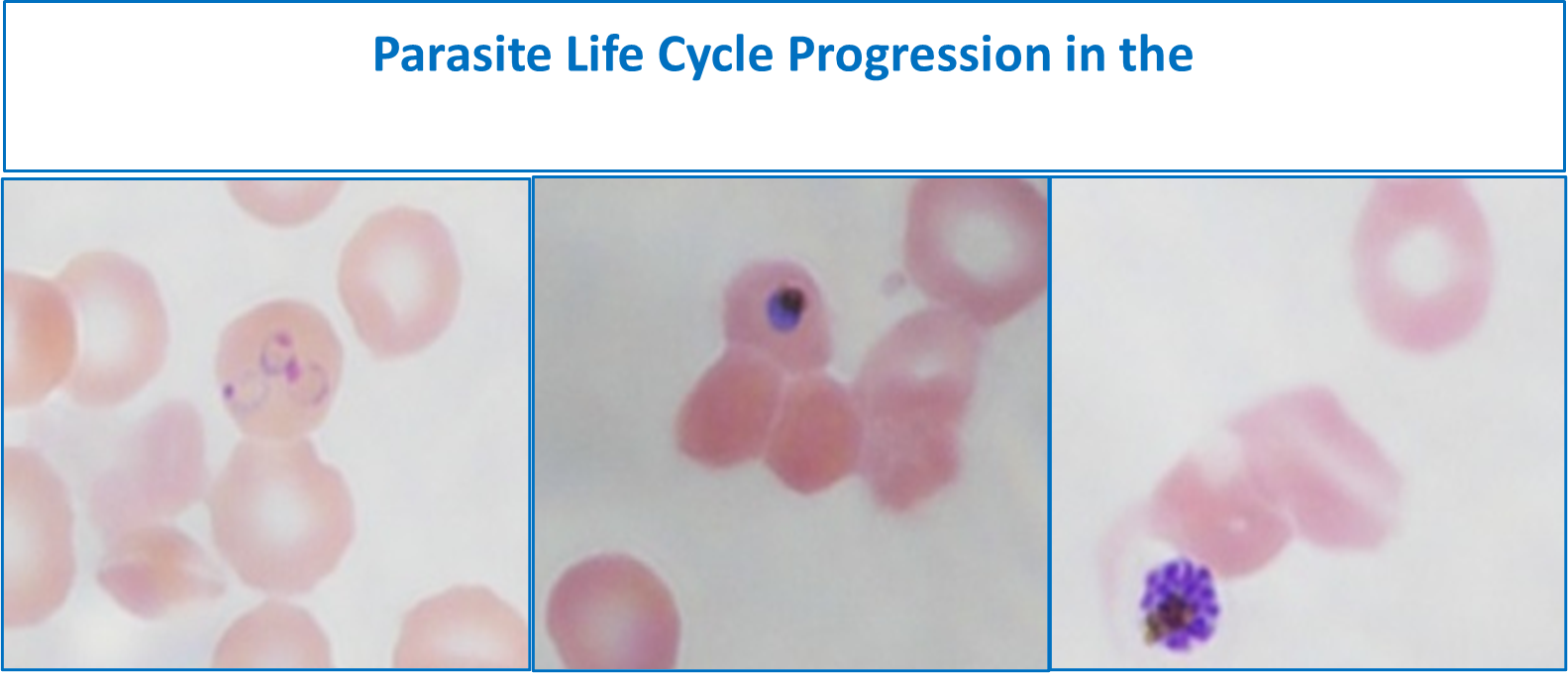Development of a Malaria-on-a-Chip Model
doi.org/10.1038/s41598-023-35694-4

Hesperos scientists have published a groundbreaking study in Scientific Reports, a Nature journal. The publication, titled "Development of a Human Malaria-on-a-Chip Disease Model for Drug Efficacy and Off-Target Toxicity Evaluation," details the development of a cutting-edge approach to study the disease and potential therapeutics. Sponsored by the Medicines for Malaria Venture (MMV), this new platform paves the way for investigation into new treatment options for the millions of people affected by the disease.
The research team took on the challenge of developing a new, human-based model to study the disease pathology and therapeutic effects. The result was a new Malaria-on-a-Chip that accurately reproduces the disease state and known response to an existing therapeutic. The microfluidic platform connects human liver, spleen, and endothelium with recirculating erythrocytes in a controlled, self-contained platform.
“People are always surprised when I tell them I research Malaria. ‘Isn’t that no longer a thing?’ Yet still hundreds of thousands lose their lives each year. The disease often devastates some of our most vulnerable groups - pregnant women and children. I’m glad to be working towards the fight to provide relief to these communities.”
-Jakob Rupar, Scientist Team Lead, Hesperos
Malaria is a tenacious disease that often returns after treatment and adapts into a more resistant form. As such, two models were evaluated: one susceptible to chloroquine treatment and another that had developed resistance. To demonstrate an effective proof-of-concept platform for therapeutic development, infected systems were treated with a single bolus dose of chloroquine. Parasite infected blood levels in the model reduced significantly in response to treatment then returned after five days, matching a typical response seen in patients. Conversely, the team observed only a moderate decrease in parasite infected blood levels in the treatment resistant model, again matching what is seen in patients.
We are proud of our team for developing this first-of-its-kind platform. It is our hope that exploring new approaches to disease modeling helps to galvanize new treatments for this catastrophic disease.”
-James Hickman, Chief Scientist, Hesperos
The new Malaria-on-a-chip offers a promising new approach to understanding the disease paving the way for new drug development.


